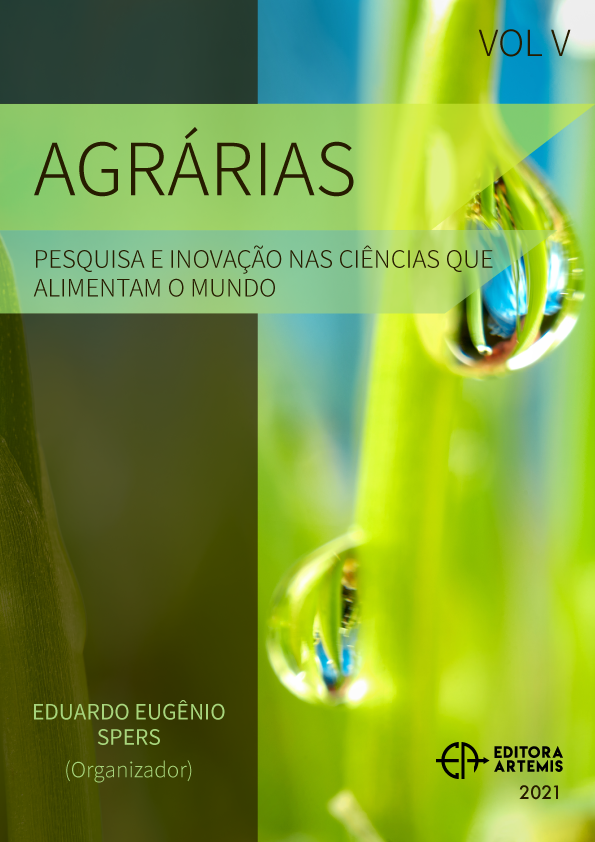
CAMBIOS EN EL PROMEDIO DE LA PRECIPITACIÓN ANUAL DEL SUDOESTE DE LA PROVINCIA DE BUENOS AIRES, ARGENTINA
El sudoeste de la provincia de Buenos Aires con una superficie estimada de 6.5 millones de hectáreas, forma una parte importante de la subregión Pampa Austral, donde la agricultura tiene un predominio de cultivos de invierno, en especial trigo. A fin de evaluar los cambios en el valor medio de la precipitación anual del sudoeste de la provincia de Buenos Aires, capaces de afectar a la actividad productiva agraria, se estudió su comportamiento. Se utilizaron datos de precipitación anual durante el período 1928-2015 de 9 localidades del sudoeste de la provincia de Buenos Aires. Con las series de precipitación homogéneas según la prueba Standard Normal Homogeneity Test (SNHT), se detectaron los cambios en los valores de la media utilizando la Segmentación de Series Hidrometeorológicas de Hubert. El resultado indica que el sudoeste de la provincia de Buenos Aires, observó cambios abruptos positivos durante la segunda mitad del siglo XX, pero a comienzos del siglo XXI experimentó cambios abruptos de signo negativo, que le hizo perder gran parte del incremento obtenido anteriormente, retrotrayendo su promedio a un valor similar al inicial. Estos cambios la afectan muy significativamente, pasando alternativamente, de un clima de tipo BS (semiárido en la Clasificación de Köppen) en las fases secas, al rango pluviométrico inferior del clima húmedo, con estación seca (Cw, en la Clasificación de Köppen), en las fases húmedas, lo cual influye notablemente su capacidad productiva.
CAMBIOS EN EL PROMEDIO DE LA PRECIPITACIÓN ANUAL DEL SUDOESTE DE LA PROVINCIA DE BUENOS AIRES, ARGENTINA
-
DOI: 10.37572/EdArt_2904213476
-
Palavras-chave: agroclimatología; variabilidad; segmentación de series hidrometeorológicas
-
Keywords: agro-climatology; variability; segmentation of hydrometeorological time series
-
Abstract:
The southwest of Buenos Aires province has an estimated area of 6.5 million hectares. It is part of the Pampa Austral sub-region, where agriculture is dominated by winter crops, especially wheat. In order to evaluate the changes in the mean value of annual precipitation, which may affect agricultural productive activity, we studied some climate patterns.We used annual precipitation data during the period 1928-2015 from 9 localities in the southwest of the province of Buenos Aires. Using homogeneous precipitation series following the Standard Normal Homogeneity Test (SNHT), changes in mean values were detected using Hubert's Segmentation of Hydrometeorological Series. The result indicates that abrupt positive changes were observed during the second half of the 20th century, but at the beginning of the 21st century, it experienced abrupt changes of negative sign. This caused the loss of a significant part of the precipitation increase, bringing its average back to a value similar to the initial one. These changes affected the region significantly, passing alternatively from a BS type climate (semi-arid in the Köppen Classification) in the dry phases, to the lower pluviometric range of the humid climate, with dry season (Cw, in the Köppen Classification), in the humid phases. This had a significant influence on the productive land capacity.
-
Número de páginas: 12
- Silvia Patricia Perez
- Mariano Tomas Cassani
- Marcelo Juan Massobrio

